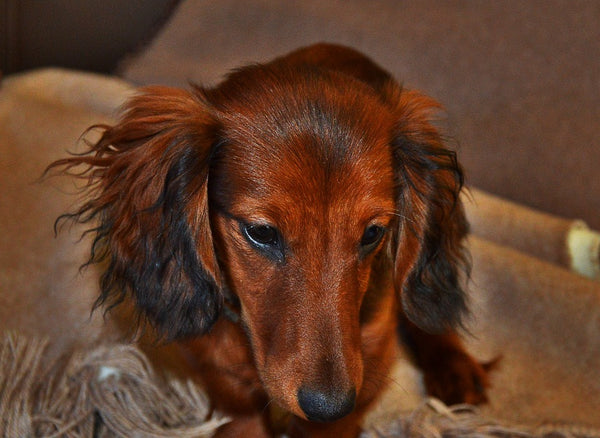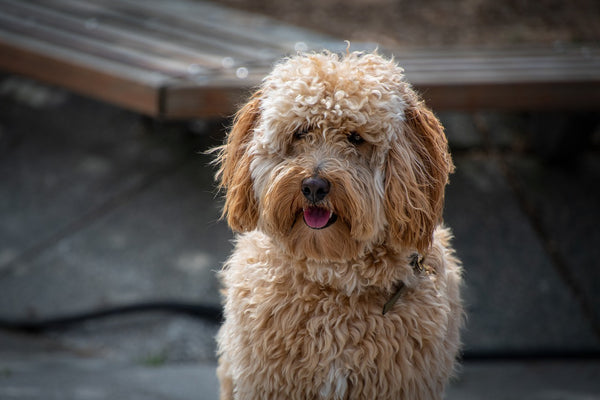Understanding & Avoiding Common Fur Problems in Dogs
As dog owners, we cherish our furry companions and want them to have healthy and beautiful coats. However, dogs, just like cats, can also experience various fur problems that require attention and care. Exploring the reasons behind fur problems in dogs can help dog owners to prevent or address these issues effectively.
Dogs Also Have Fur Problems
Do dogs have fur problems? Yes, of course! Dogs are just like cats, they can also encounter several fur problems that can affect their overall well-being. These problems include excessive shedding, mats and tangles, dry and dull coat, and allergies or skin conditions.

Common Causes of Dog Fur Problems
Do you know the causes of dog having fur problems? Actually they can be:
- Shedding: Dogs shed their fur naturally to make room for new hair growth. However, factors such as seasonal changes, hormonal imbalances, or underlying health issues can contribute to excessive shedding.
- Mats and Tangles: Neglected or improperly groomed fur can become tangled and matted, leading to discomfort, skin irritation, and potential health risks.
- Dry and Dull Coat: Inadequate nutrition, lack of proper grooming, or underlying health conditions can result in a lackluster coat that appears dry, dull, and lacks shine.
- Allergies and Skin Conditions: Dogs can develop allergies or skin conditions like dermatitis or hot spots, which can affect their fur quality and overall comfort.
How To Recognize Dog Fur Problems
Below are some common manifestations of dog fur problems:
- Excessive Shedding: Finding clumps of fur during regular petting sessions or noticing an excessive amount of hair around the house.
- Mats and Tangles: Tangled and matted fur that is difficult to comb or brush, particularly behind the ears, under the armpits, and around the tail.
- Dry and Dull Coat: Flaky skin, persistent itching, or a lack of luster and shine in the dog's coat.
- Allergies and Skin Conditions: Redness, rashes, bald patches, incessant scratching, or changes in behavior.

Preventing and Avoiding Dog Fur Problems
By implementing preventive measures below, you can maintain a healthy coat for your furry friend.
- Regular Grooming: Brush your dog's coat regularly to prevent mats, remove loose fur, and stimulate healthy hair growth. Different breeds have specific grooming needs, so consult a professional groomer or veterinarian for guidance.
- Balanced Diet: Provide your dog with a well-balanced diet that includes high-quality dog food containing essential nutrients, fatty acids, and vitamins to promote a healthy coat.
- Bathing and Moisturizing: Use dog-specific shampoos and conditioners to maintain a clean and moisturized coat. Avoid over-bathing, as it can strip away natural oils. Consult your veterinarian for guidance on bathing frequency.
- Allergen Management: Identify potential allergens, such as certain foods, environmental triggers, or grooming products, and minimize your dog's exposure to them. Your veterinarian can help you determine the specific allergens affecting your dog and provide appropriate recommendations.
Taking care of your dog's fur is important for their health and happiness. By understanding the causes and signs of fur problems, and by implementing preventive measures like regular grooming, a balanced diet, and allergen management, you can maintain a healthy coat for your furry friend. Consult your vet for personalized advice based on your dog's needs. Keep your dog's coat shiny and their tail wagging!